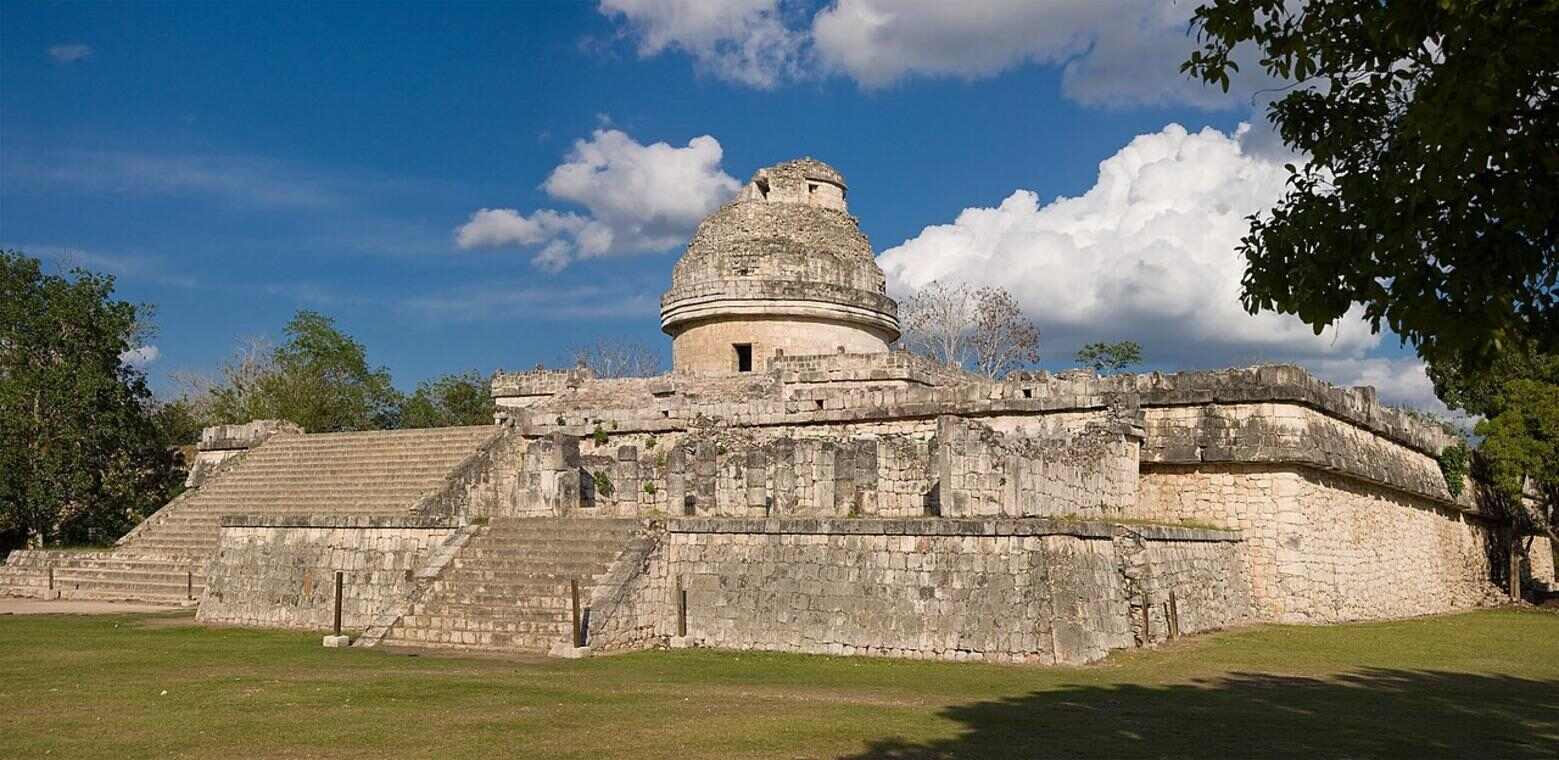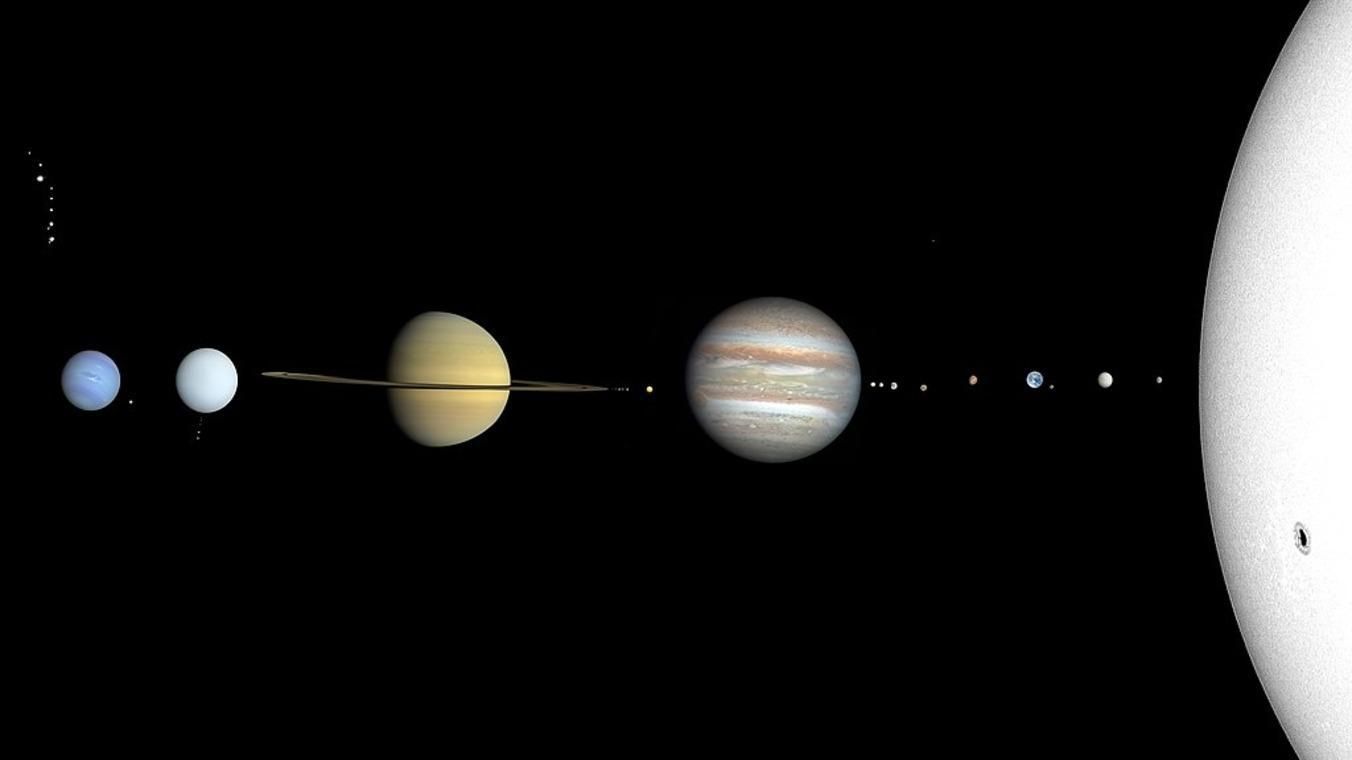After Years Of Mystery, Scientists Finally Unravel The Enigma Of The Mayan Calendar
Anyone who has done a little research into the influence and types of calendars will discover that there are several of them applicable to the planet Earth.
Interestingly, despite never physically venturing into space, the Mayan civilization was able to come up with an 819-day calendar that works for most planets.
Decoding an 819-Day Calendar
There’s the Gregorian calendar, which is widely used across the known world, and there’s also the Hijri calendar—of Islamic extraction. Various cultures and religions have given birth to a calendar system that mostly revolves around the lunar synod—the locational alignment of the moon with other heavenly bodies.

Source: Wikimedia Commons
Interestingly, long before anyone could study at the feet of Galileo or learn astronomy at Yale, the Mayans found a way. They were able to design a calendar system that works well, not just for the Earth but for other planets as well.
Unravelling How the Mayan Calendar Works
Before now, contemporary astronomers have been left scratching their heads about the symbolism of the 819 days in this Mayan calendar and the gist of how it works.

Source: Wikimedia Commons
The Gregorian calendar is based upon the number of days it takes the earth to achieve a complete synod—or revolution—around the sun. However, researchers found it difficult to pin the Mayan Calendar to the synod of any heavenly body.
A Calendar That Spans Half a Lifetime
It has been reported in several quarters that the average person lives for 80 years. Consequently, the 819-day Mayan Calendar would last half the average human’s lifetime.

Source: Wikimedia Commons
The Mayan Calendar incorporates the synod days for all the notable heavenly bodies. The implication of this is you could check the correct date for Mars, Saturn, Jupiter, and Earth simultaneously. However, it would take 45 years, or 16,380 days for all the major planets to complete their synod on a single calendar.
The Ingenuity of an Allegedly Prehistoric Civilization
The Mayan Calendar has continued to baffle modern researchers. For example, it must have taken a truckload of astronomical know-how and mathematical skill to calculate the synod of each planetary body.

Source: Wikimedia Commons
The Mayans had no James Webb or Hubble space telescope. Still, they successfully recorded the movement of planets and designed a 16,380-day calendar that works well for them all.
